The management of hepatocellular carcinoma (HCC) has become ever more demanding To evaluate the available evidence and to give clinicians the best guidance, all major hepatology societies have developed guidelines for HCC Recently, updated versions have been published by the American, the Asian Pacific, and the European societies This article presents a comparison of these three guidelinesResults Eightyfour (70%) nodules were HCC the radiological diagnosis was done in 38 (%) of those 12cm and in 38 (95%) for those >2cm HCCs according to 10 AASLD criteria CT or MRI detected 13 HCC nodules that were missed by unenhanced US Despite an absolute specificity, CEUS failed to identify any HCC uncharacterized by CT or MRI By updated AASLD criteria, 6 (17%) FNB procedures were spared in patients with 12cm nodules (p=0025), as compared to 05 criteria1 Introduction The guidelines published in 05 by the American Association for the Study of Liver Diseases (AASLD) on the management of hepatocellular carcinoma (HCC) in cirrhosis recommend a therapeutic algorithm based on patients' stratification in the Barcelona Clinic Liver Cancer system (BCLC) stages , The BCLC, introduced in 1999 and updated in 10 , , still

Pdf sld Practice Guideline Management Of Hepatocellular Carcinoma An Update
Aasld 2010 hcc guidelines
Aasld 2010 hcc guidelines-The APASL and EASL guidelines extend surveillance to certain noncirrhotic highrisk groups, while the AASLD guidelines do not address the issue of HCC in noncirrhotic livers Regarding the surveillance mode, all three guidelines agree on the use of ultrasound but differ concerning the utilisation of alphafetoprotein (AFP)The 10 Guidelines for HCC were developed using clinically relevant questions, which were then answered by systematic reviews of the literature, and followed by datasupported recommendations The Guidelines focused on surveillance, diagnosis, and treatment of HCC However, some areas of HCC lacked sufficient data to perform systematic reviews, and here the authors provide an update to the 10 AASLD Guidelines




Management Consensus Guideline For Hepatocellular Carcinoma Update On Surveillance Diagnosis And Systemic Treatment By The Taiwan Liver Cancer Association And The Gastroenterological Society Of Taiwan Sciencedirect
The program will also cover the roles of new agents in the current AASLD guidelines for treatment of hepatocellular carcinoma from EASL to join the Liver Cancer Translational Research Laboratory of the BCLC Group, Barcelona (Spain) In 10, he became the Scientific Manager of the HEPTROMIC consortium, a research initiative funded by theHowever, some areas of HCC lacked sufficient data to perform systematic reviews, and here the authors will update the 10 American Association for the Study of Liver Diseases (AASLD) Guidelines, 3 hereto referred as the guidance for HCCGuidelines For HCC Surveillance USA AASLD Europe EASL Japan JSH Updated 10 12 09 (updating in 13) Interval 6 months 6 months 34 months for very high risk 6 months for high risk (34 months after treatment, 13) Test Ultrasound Ultrasound Ultrasound AFP AFPL3 DCP More than one biomarker is recommended for HCC surveillance in Japan
AASLD Guidelines for the Treatment of Hepatocellular Carcinoma Julie K Heimbach,1 Laura M Kulik,2 Richard S Finn,3 Claude B Sirlin,4 Michael M Abecassis,5 Lewis R Roberts,6 Andrew X Zhu,7 M Hassan Murad,8 and Jorge A Marrero9 GuidingWhen and in Whom to Initiate HCV Therapy Successful hepatitis C treatment results in sustained virologic response (SVR), which is tantamount to virologic cure and, as such, is expected to benefit nearly all chronically infected persons When the US Food and Drug Administration (FDA) approved the first interferonsparing treatment for HCVThese include two AASLD/European Association for the Study of the Liver singletopic conferences in 07 (many of the recommendations from this conference were incorporated into the aforementioned guidelines) 2 and in 13, and two Baveno consensus conferences in 10 3 and in 15 4 In this updated practice guidance, recommendations derived
APASL and KLCANCC guidelines (759% and 656%) showed significantly higher sensitivities than AASLD/EASL guidelines (345% and 3%, respectively;And (4) the experience of the authors and independent reviewers with regard to NAFLD This practice guidance is intended for use by physicians and other health professionals As clinically appropriate, guidance statements should be tailored for individual patientsMedia Contacts Nola Gruneisen, AASLD, 571‐292‐3068 Lauren Martin, IDSA, () HCVguidelinesorg — a website developed by the American Association for the Study of Liver Diseases and the Infectious Diseases Society of America to provide uptodate guidance on the management of hepatitis C — was recently revised to reflect important




Optimal Criteria For Hepatocellular Carcinoma Diagnosis Using Ct In Patients Undergoing Liver Transplantation Semantic Scholar




Current Guidelines For Chemoembolization For Hepatocellular Carcinoma Room For Improvement White 17 Hepatology Communications Wiley Online Library
AASLD17 there is no proposal for noncirrhotic patients in the current guideline The previous AASLD guideline (10), described the highrisk HBV carriers for HCC Table 2 and the recommendation for screening was US in every 6 months 26, 27 Table 2 Recommendations for noncirrhotic adults1 To see the most recent recommendations pertaining to surveillance for hepatocellular carcinoma, open the document AASLD Guidelines for the Treatment of Hepatocellular Carcinoma 2 Review pages , including the recommendations at the bottom of page 361 and top of 362APASL Guidelines for HCC (Hepatol Int 17;




Practice Guidelines sld




Easl Clinical Practice Guidelines Management Of Hepatocellular Carcinoma Journal Of Hepatology
AASLD Guideline/Guidance Statements on treating hepatocellular carcinoma (HCC), primary biliary cholangitis (PBC) and alcoholrelated liver disease (ALD) are now updated to reflect data published since 10, when the previous versions were released At this session, the guidelines' authors will highlight important changes hepatologists should know and discussFor 7% of all cancers3 Hepatocellular carcinoma (HCC) represents about 90% of primary liver cancers and constitutes a major global health problem The incidence of HCC increases progressively with advancing age in all populations, reaching a peak at 70 years4,5 In Chinese and black African populations the mean Table 1(3) guideline policies of the AASLD;



Www Ajronline Org Doi Pdf 10 2214 Ajr 15



Www Idsociety Org Globalassets Idsa Topics Of Interest Emerging Clinical Issues sldguidelinehccupdate10 1 Pdf
RESULTS The diagnostic sensitivity, specificity, positive predictive value (PPV), negative predictive value, and accuracy of the 10 AASLD guideline f are 991%, 367%, 919%, 853%, and 915%, respectively Cirrhotic liver exhibited a higher PPV (P < 0001) but lower specificity (P = ) than noncirrhotic liverThe lc Staging System For Hcc From sld Practice sld Practice Guideline Management Of Hepatocellular Diagnosis Staging And Management Of Hepatocellular Hcc Guidelines Ppt Video Online Download Diagnosis Staging And Management Of Hepatocellular Diagnostic Algorithm For Suspected Hepatocellular CarcinomaSurveillance for hepatocellular carcinoma with liver ultrasound examination, with or without alpha fetoprotein (AFP), every 6 months is recommended for patients with cirrhosis a in accordance with the AASLD guidance on the diagnosis, staging, and




Apasl And sld Consensus Guidelines On Imaging Diagnosis Of Hepatocellular Carcinoma A Review Topic Of Research Paper In Clinical Medicine Download Scholarly Article Pdf And Read For Free On Cyberleninka Open



Bmjopengastro Bmj Com Content Bmjgast 4 1 E Full Pdf
19 Postgraduate Course Precision Hepatology in Clinical Practice Contains 27 Component (s), Includes Credits Component Credit Type State/Medical Type Available Credits Earned Credits CME Credits MedicalClinical and economical impact of 10 AASLD guidelines for the diagnosis of hepatocellular carcinoma Introduction Surveillance of patients at risk is the only predictive approach to improve treatment and survival of HCC Patients and methods This is an independent investigatordriven,Eightyfour (70%) nodules were HCC the radiological diagnosis was done in 38 (%) of those 1–2 cm and in 38 (95%) for those >2 cm HCCs according to 10 AASLD criteria CT or MRI detected 13 HCC nodules that were missed by unenhanced US Despite an absolute specificity, CEUS failed to identify any HCC uncharacterized by CT or MRI




sld Guidelines For The Treatment Of Hepatocellular Carcinoma Heimbach 18 Hepatology Wiley Online Library
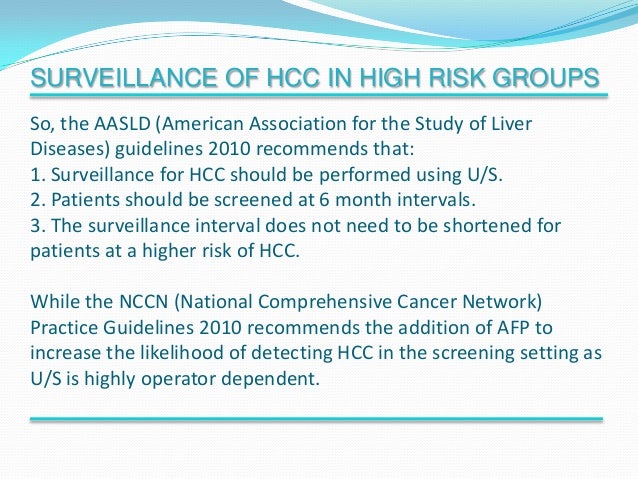



Management Of Hcc An Update
The program will include practical guidance on ways to create effective multidisciplinary teams to manage ALD patients, where hepatologists, addiction specialists, social workers, nurses and a patient's family members work together as a team Go the the AASLDEASL ALD endpoints website for full details on programme, abstract submission andThe AASLD 18 Hepatitis B Guidance provides a datasupported approach to screening, prevention, diagnosis, and clinical management of patients with hepatitis B It differs from the published 16 AASLD guidelines, which conducted systematic reviews and used a multidisciplinary panel of experts to rate the quality (level) of the evidence andThe 05 AASLD guidelines mandates that there be liver cirrhosis before an imaging diagnosis of HCC can be made However, updates to the guidelines in 10 have been expanded to patients with either cirrhosis and/or chronic Hepatitis B carriers




Primary Liver Cancer Hepatocellular Carcinoma And Cholangiocarinoma Patrick




Comparative Analysis Of Current Guidelines For The Treatment Of Hepatocellular Carcinoma Hepatic Oncology
AASLD's new guideline on the treatment of hepatocellular carcinoma (HCC) has been approved and is scheduled to be published in HEPATOLOGY in January 18 It is currently available online "Therapies for Patients with Hepatocellular Carcinoma Awaiting for Liver Transplantation a Systematic Review and Metaanalysis" is an update of the previous guideline3 Macdonald B, et al AASLD 10 Tumor Markers AFP as a screening test %40% with HCC have normal AFP %30% without HCC have abnormal AFP The higher the AFP, the more likely the diagnosis of HCC Desgammacarboxy prothrombin (DCP;0001) For organ allocation, KLCANCC guideline showed higher accuracy in selecting unsuitable candidates (with nonHCC malignancies or beyond MC HCCs) than EASL guideline (684% vs 318




Multidisciplinary Approach For Hcc Patients Hepatology For The Oncologists Annals Of Oncology




Practice Guidelines sld
AASLD/IDSA HCV guidance panel Recommendations for testing, managing, and treating hepatitis C Updated Internet citedAASLD guidelines for the treatment of hepatocellular carcinoma AASLD guidelines for the treatment of hepatocellular carcinoma Hepatology 18 Jan;67(1)3580 doi /hep Authors Julie KThis American Association for the Study of Liver Diseases (AASLD) 18 Practice Guidance on Primary Biliary Cholangitis (PBC) is an update of the PBC guidelines published in 09 Download AASLD 18 Guidance on HCC Diagnosis, Staging and Management This guidance provides a datasupported approach to the diagnosis, staging, and treatment of




Clinical And Economical Impact Of 10 sld Guidelines For The Diagnosis Of Hepatocellular Carcinoma Journal Of Hepatology



New Jersey Liver Pancreas Surgery
8 ) *This APASL Guideline can be downloaded by clicking belowLiver Int 10 Feb 30(2) Bruix J, Sherman M AASLD practice guideline management of hepatocellular carcinoma et al Improving the prediction of hepatocellular carcinoma in cirrhoticDiagnosis and Management of Autoimmune Hepatitis in Adults and Children 19 Practice Guidance and Guidelines From the American Association for the Study of Liver Diseases Cara L Mack, David Adams, David N Assis, Nanda Kerkar, Michael P Manns, Marlyn J Mayo, John M Vierling, Mouaz Alsawas, Mohammad H Murad, Albert J Czaja , Hepatology




Comparison Of The Diagnostic Performance Of The 17 And 18 Versions Of Li Rads For Hepatocellular Carcinoma On Gadoxetic Acid Enhanced Mri Clinical Radiology




Pdf sld Practice Guideline Management Of Hepatocellular Carcinoma An Update
Qualifying Statements This document presents official recommendations of the American Association for the Study of Liver Diseases (AASLD) on the treatment of chronic hepatitis B (CHB) virus (HBV) infection in adults and children Unlike previous AASLD practice guidelines, this guideline was developed in compliance with the Institute ofAka PIVKAII) not better than AFP 1 AFP as a prognostic marker Predicts overall mortality in HCC 2The Guidelines focused on surveillance, diagnosis, and treatment of HCC However, some areas of HCC lacked sufficient data to perform systematic reviews, and here the authors will update the 10 American Association for the Study of Liver Diseases (AASLD) Guidelines,(3) hereto referred as the guidance for HCC




An Evaluation Of Hepatocellular Carcinoma Practice Guidelines From A Radiation Oncology Perspective Radiotherapy And Oncology



1
And Designing Practice Guidelines(2);BACKGROUND AND AIM Hepatocellular carcinoma (HCC) diagnosis could be made with one typical imaging study in a cirrhotic liver by the guideline of the American Association for the Study of Liver Diseases (AASLD) in 10 Patients with hepatitis B who may not have fully developed cirrhosis could be appliedAASLD practice guidances are developed by a panel of experts on a topic, and guidance statements are put forward to help clinicians understand and implement the most recent evidence Recently AASLD has published guidances on aspects of a topic that lacked sufficient data to perform systematic reviews Many guidelines published before 14 are



Www sld Org Sites Default Files 19 06 Hbvguidance Terrault Et Al 18 Hepatology Pdf




Practice Guidelines sld
Dr Heimbach reviewed the 18 update to the HCC guidelines, last revised in 10 Updates focused on surveillance, diagnosis and treatment AASLD continues to recommend HCC surveillance of adults with cirrhosis every six months New for 18 is a recommendation for ultrasound or ultrasound plus AFP (alphafetoprotein level)Management of Hepatocellular Carcinoma An Update Jordi Bruix,1 and Morris Sherman2 Since the publication of the American Association for the Study of Liver Diseases (AASLD) practice guidelines on the management of hepatocellular carcinoma (HCC) in 05, new information has emerged that requires that the guidelines be updated The full verOver the years, the AASLD has made several updates to its HCC guidelines, with the most recent occurring in 12 This current update was needed to reflect changes and advances since the 12 guidelines HCC is a very important clinical problem for the medical professionals who take care of patients with liver disease



Www sld Org Sites Default Files 19 06 Autoimmunehepatitis10 Pdf
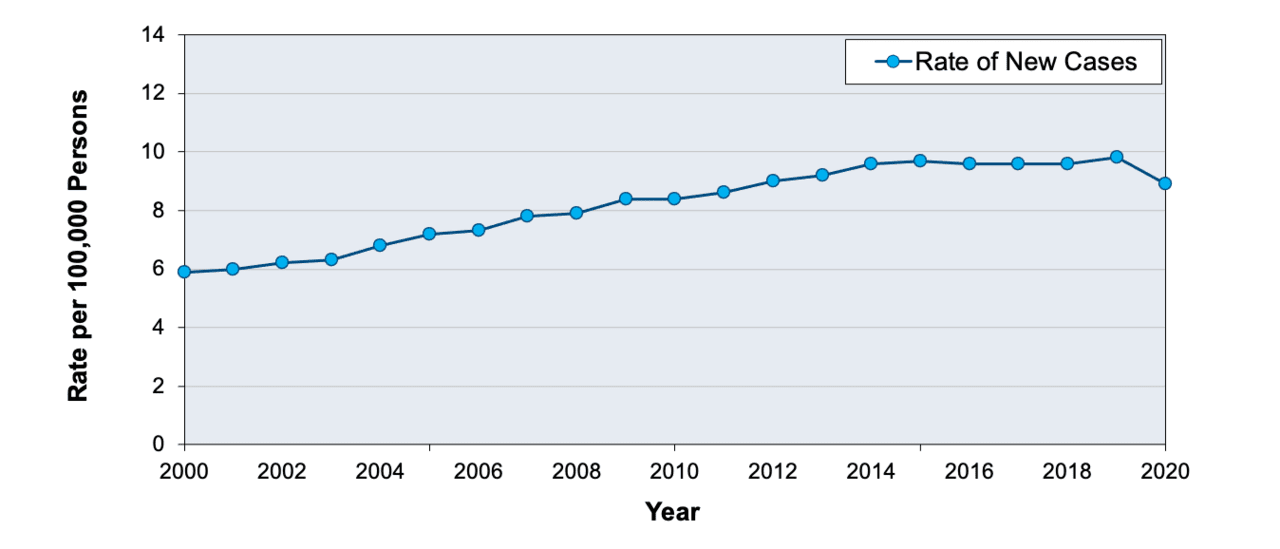



Core Concepts Surveillance For Hepatocellular Carcinoma Evaluation Staging And Monitoring Of Chronic Hepatitis C Hepatitis C Online
A FNB was performed when required to meet both 05 and 10 AASLD criteria RESULTS Eightyfour (70%) nodules were HCC the radiological diagnosis was done in 38 (%) of those 12cm and in 38 (95%) for those >2cm HCCs according to 10 AASLD criteria CT or MRI detected 13 HCC nodules that were missed by unenhanced US11 ) APASL Guidelines for Acuteonchronic Liver Failure "Acuteonchronic liver failure consensus recommendations of the Asian Pacific Association for the Study of the Liver (APASL) 14" (Hepatol Int 14;The validation of the 10 American Association for the Study of Liver Diseases guideline for the diagnosis of hepatocellular carcinoma in an endemic area J Gastroenterol Hepatol 15 Feb 30
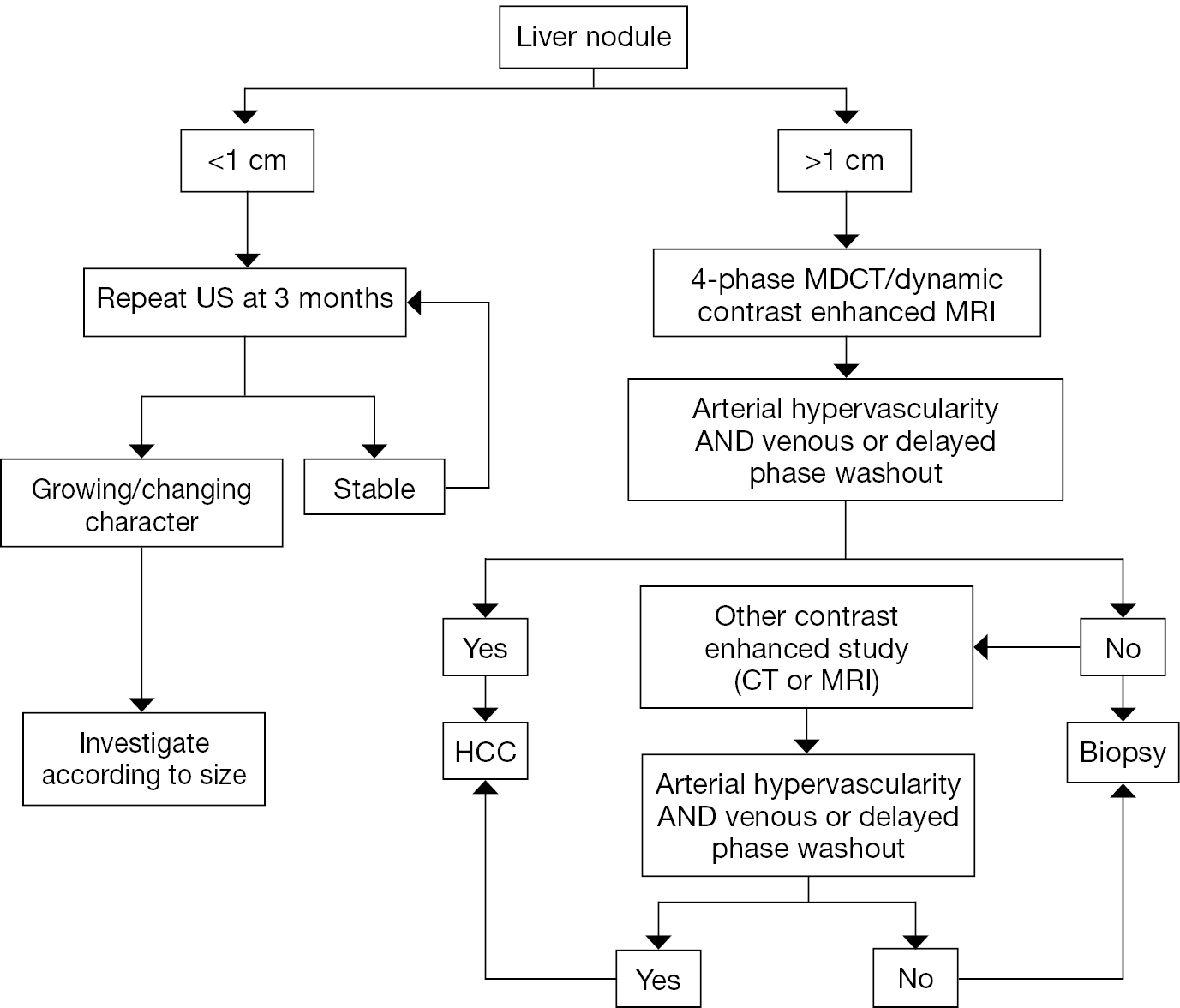



Hepatocellular Carcinoma The Rising Tide From East To West A Review Of Epidemiology Screening And Tumor Markers Monsour Jr Translational Cancer Research




Practice Guidelines sld
NCCN and AASLD guidelines also recommend ablation as a possible bridge therapy for patients awaiting transplantation 4, 49 The AASLD recommends TACE as firstline noncurative therapy for BCLC
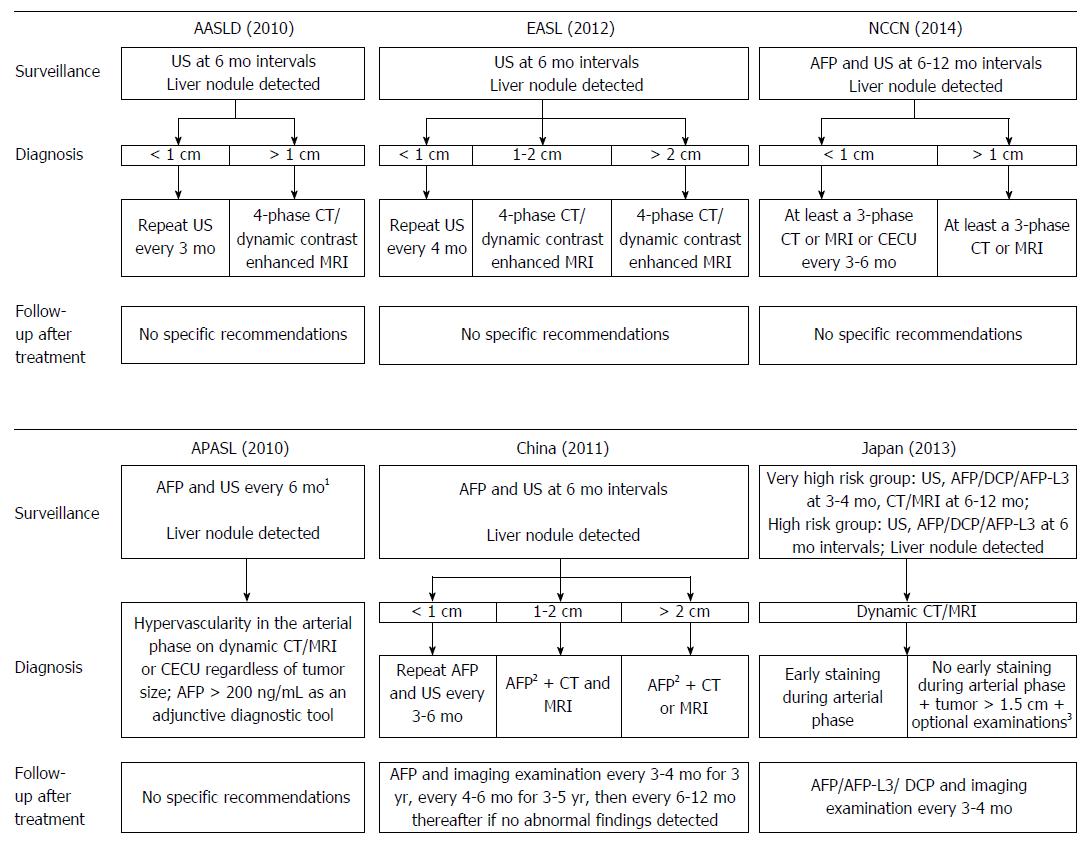



Controversies Regarding And Perspectives On Clinical Utility Of Biomarkers In Hepatocellular Carcinoma
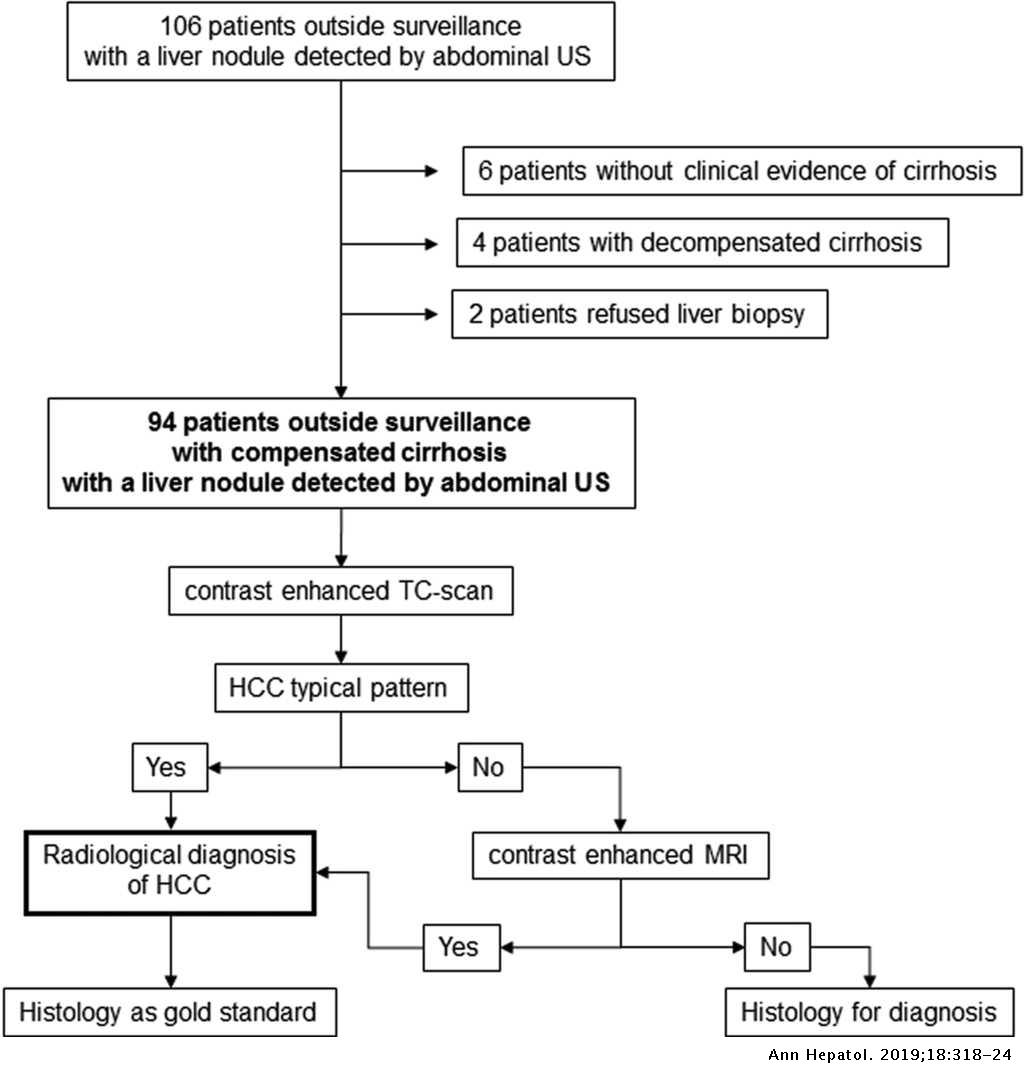



Contrast Imaging Techniques To Diagnose Hepatocellular Carcinoma In Cirrhotics Outside Regular Surveillance Annals Of Hepatology




An Evaluation Of Hepatocellular Carcinoma Practice Guidelines From A Radiation Oncology Perspective Radiotherapy And Oncology



Http Www Thaigastro Com Book File Thai Journal Of Gastroenterology Vol 15 No 1 Pdf
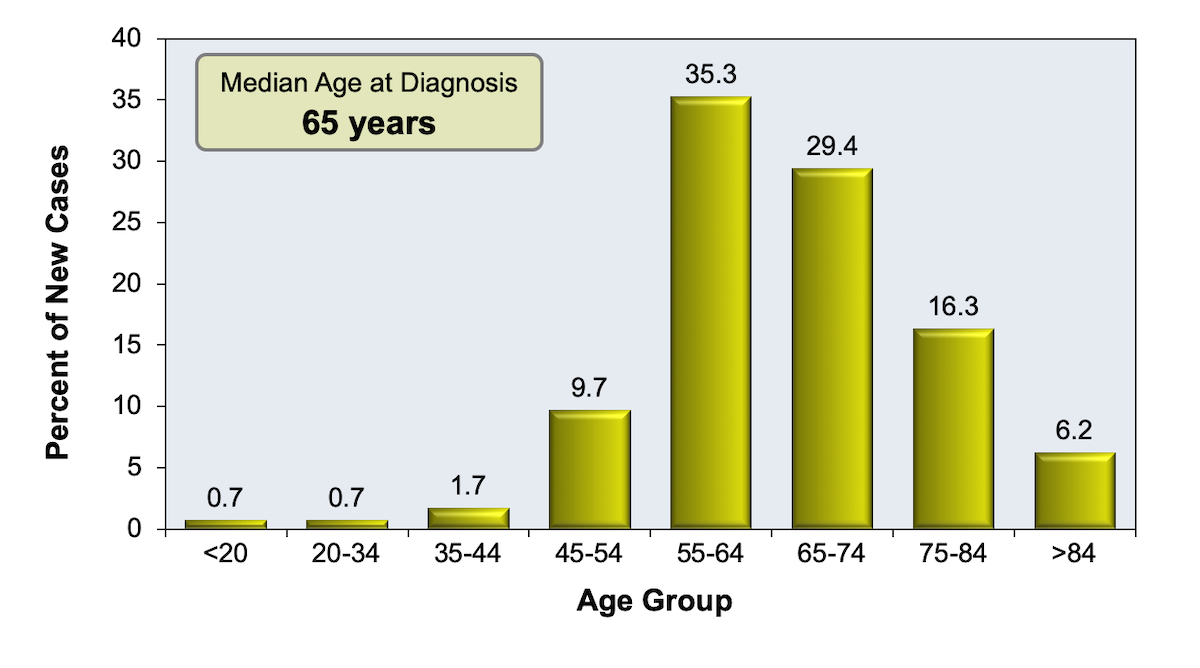



Core Concepts Surveillance For Hepatocellular Carcinoma Evaluation Staging And Monitoring Of Chronic Hepatitis C Hepatitis C Online



Early Detection Curative Treatment And Survival Rates For Hepatocellular Carcinoma Surveillance In Patients With Cirrhosis A Meta Analysis




Comparative Analysis Of Current Guidelines For The Treatment Of Hepatocellular Carcinoma Hepatic Oncology




Enhancement Pattern Of Small Hepatocellular Carcinoma Hcc At Contrast Enhanced Us Ceus Mdct And Mri Intermodality Agreement And Comparison Of Diagnostic Sensitivity Between 05 And 10 American Association For The Study Of Liver
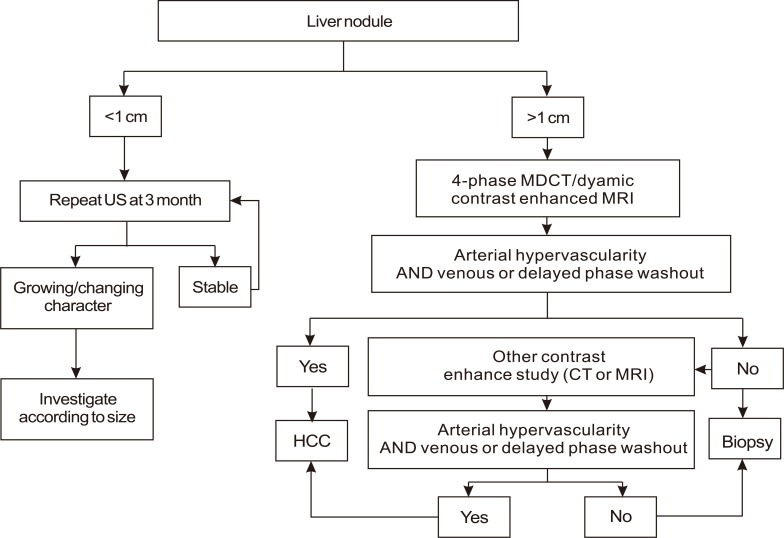



Changes Of Guidelines Diagnosing Hepatocellular Carcinoma During The Last Ten Year Period




Evidence Based Diagnosis Staging And Treatment Of Patients With Hepatocellular Carcinoma Gastroenterology




Comparison Of The Current International Guidelines On The Management Of Hcc Jhep Reports




Primary Liver Cancer Hepatocellular Carcinoma And Cholangiocarinoma Patrick




Diagnostic Algorithm For Suspected Hepatocellular Carcinoma Hcc Of Download Scientific Diagram
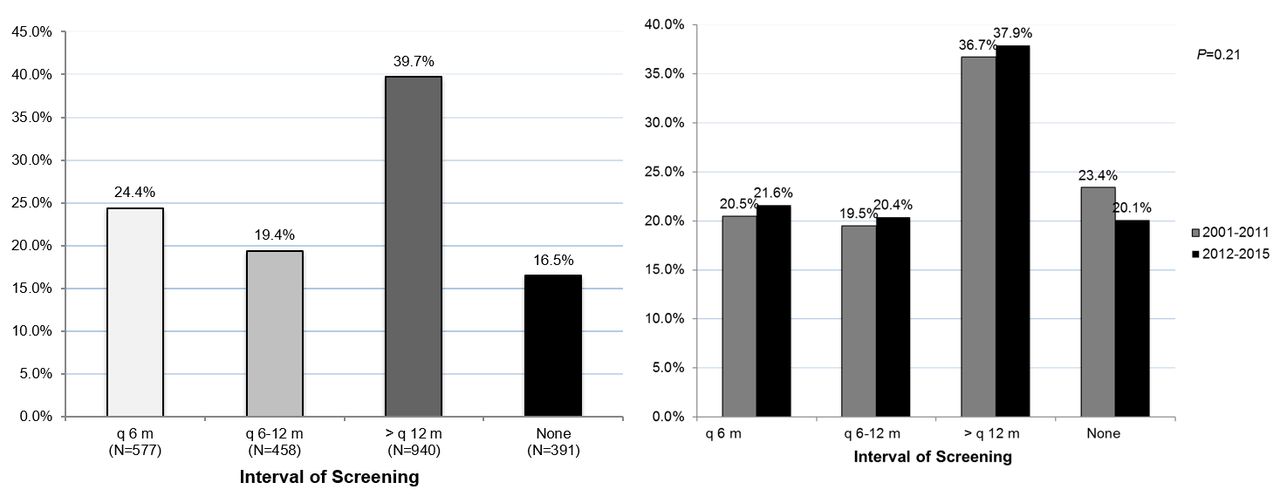



Rate Of Hepatocellular Carcinoma Surveillance Remains Low For A Large Real Life Cohort Of Patients With Hepatitis C Cirrhosis Bmj Open Gastroenterology
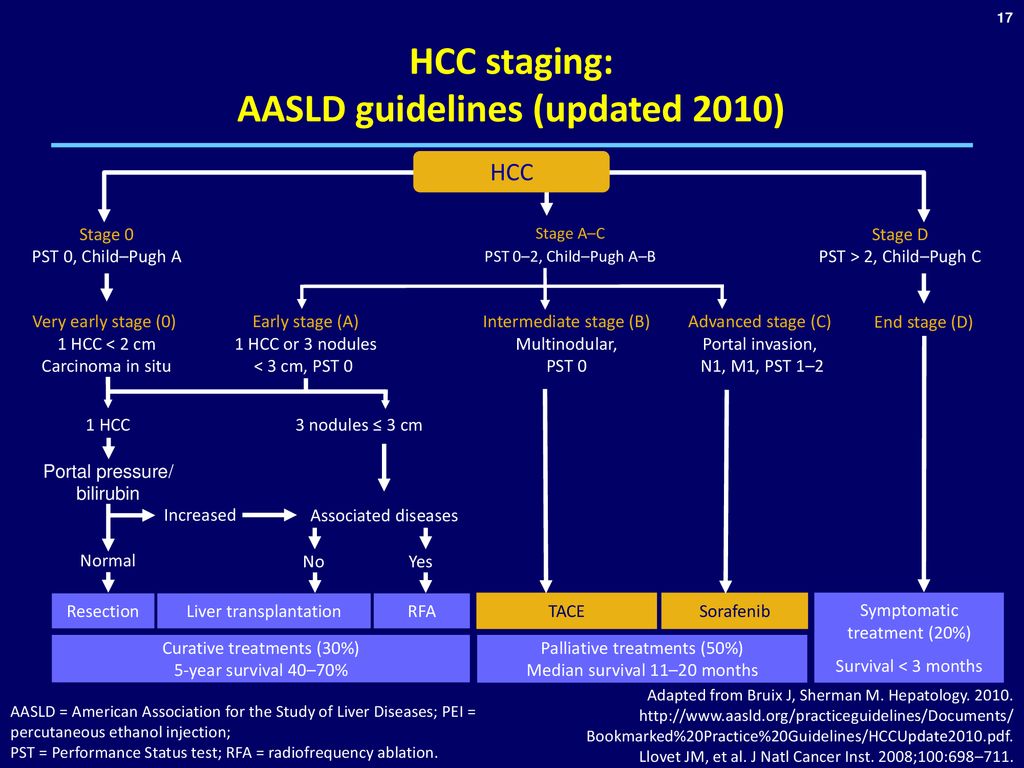



Epidemiology First Option Of Treatment Ppt Download



1
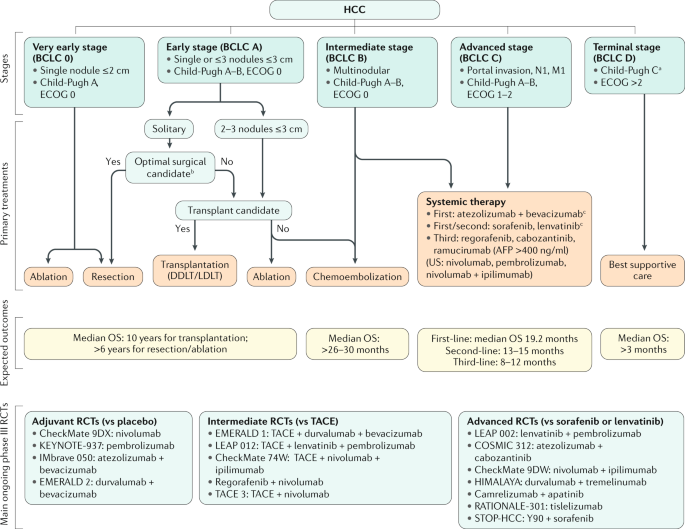



Hepatocellular Carcinoma Nature Reviews Disease Primers




Changes Of Guidelines Diagnosing Hepatocellular Carcinoma During The Last Ten Year Period Abstract Europe Pmc




Surveillance Imaging And Alpha Fetoprotein For Early Detection Of Hepatocellular Carcinoma In Patients With Cirrhosis A Meta Analysis Gastroenterology




Management Consensus Guideline For Hepatocellular Carcinoma Update On Surveillance Diagnosis And Systemic Treatment By The Taiwan Liver Cancer Association And The Gastroenterological Society Of Taiwan Sciencedirect



Www sld Org Sites Default Files 19 06 sld 18 Hcc Guidance On Diagnosis 2c Staging And Management Hep 281 29 Pdf




New Frontiers In Liver Resection For Hepatocellular Carcinoma Jhep Reports




Primary Liver Cancer Hepatocellular Carcinoma And Cholangiocarinoma Patrick
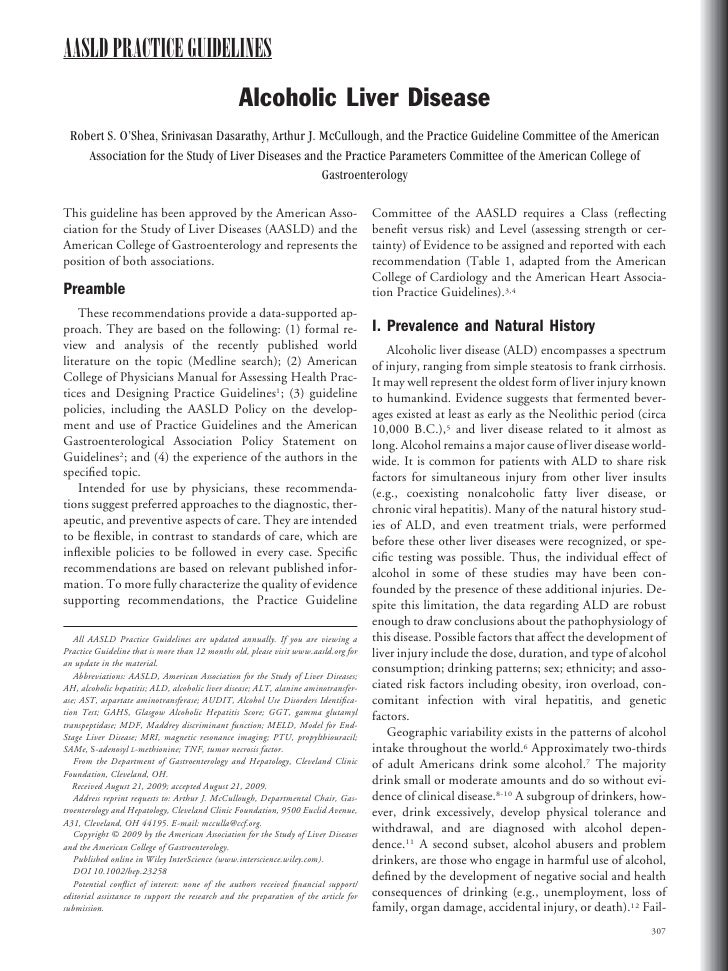



Alcoholic Liverdisease1 10
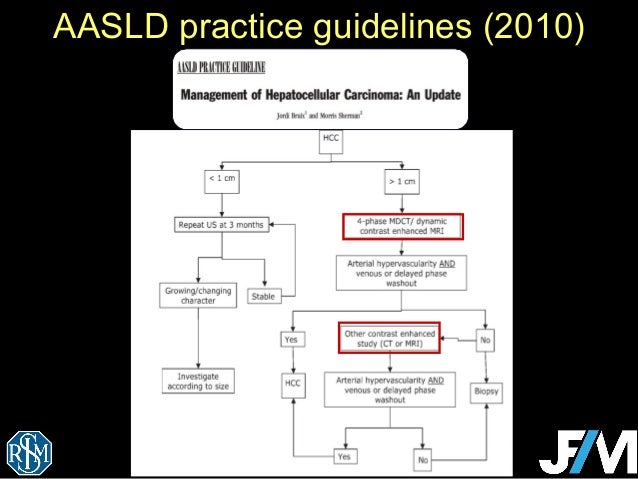



Giovanni Morana Diagnostic Imaging Of Small Hcc In Liver Cirrhosis
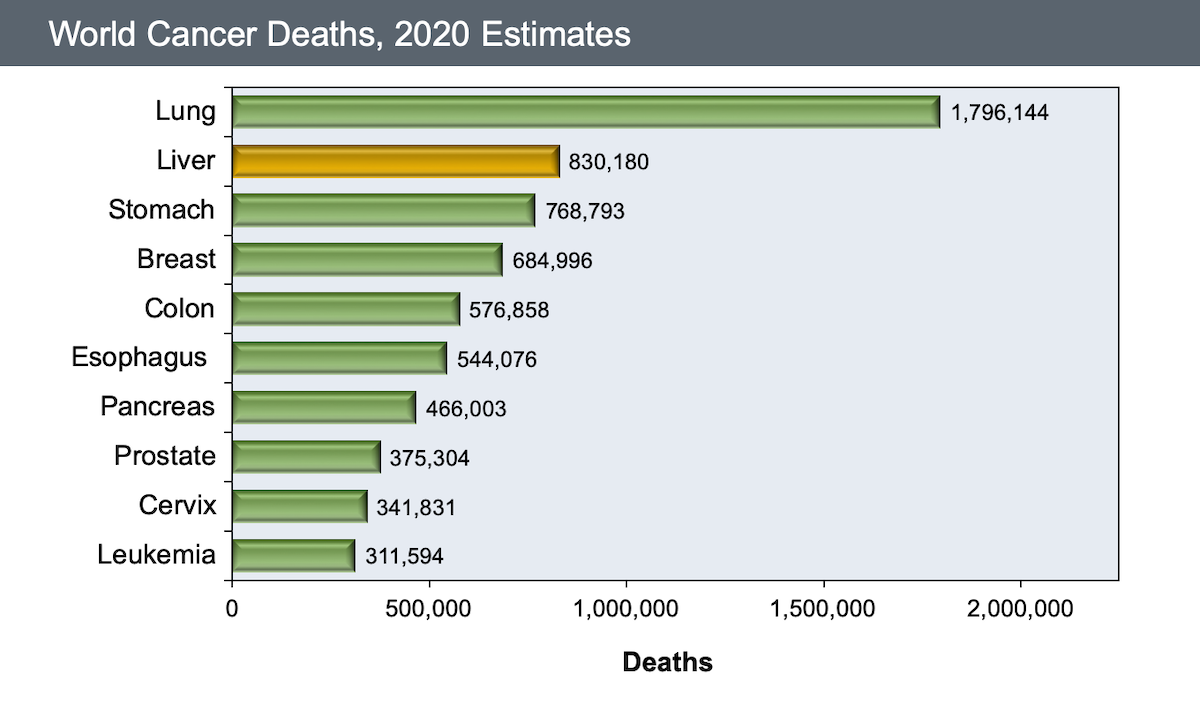



Core Concepts Surveillance For Hepatocellular Carcinoma Evaluation Staging And Monitoring Of Chronic Hepatitis C Hepatitis C Online




Primary Liver Cancer Hepatocellular Carcinoma And Cholangiocarinoma Patrick
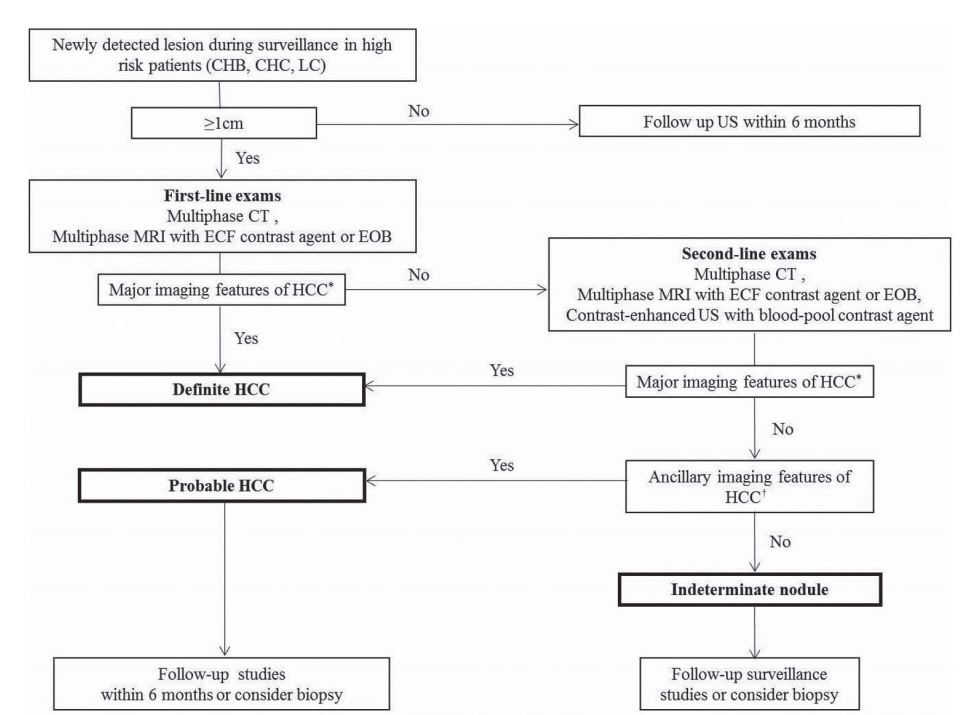



Comparison Of International Guidelines For Noninvasive Diagnosis Of Hepatocellular Carcinoma 18 Update




Hepatocellular Carcinoma Part 2 Clinical Presentation And Diagnosis European Medical Journal
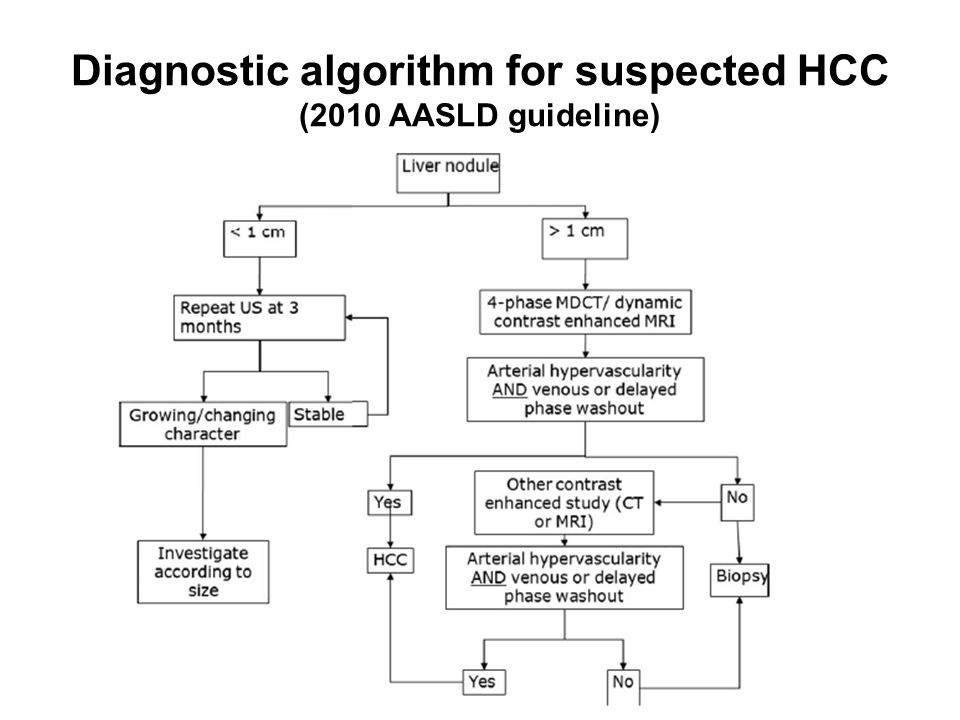



Management Of Hepatocellular Carcinoma Ppt Download



1




Li Rads V18 Major Criteria Do Hepatocellular Carcinomas In Non Alcoholic Steatohepatitis Differ From Those In Virus Induced Chronic Liver Disease On Mri European Journal Of Radiology




Diagnosis Of Liver Nodules Within And Outside Screening Programs Annals Of Hepatology




Diagnosis Staging And Management Of Hepatocellular Carcinoma 18 Practice Guidance By The American Association For The Study Of Liver Diseases Marrero 18 Hepatology Wiley Online Library
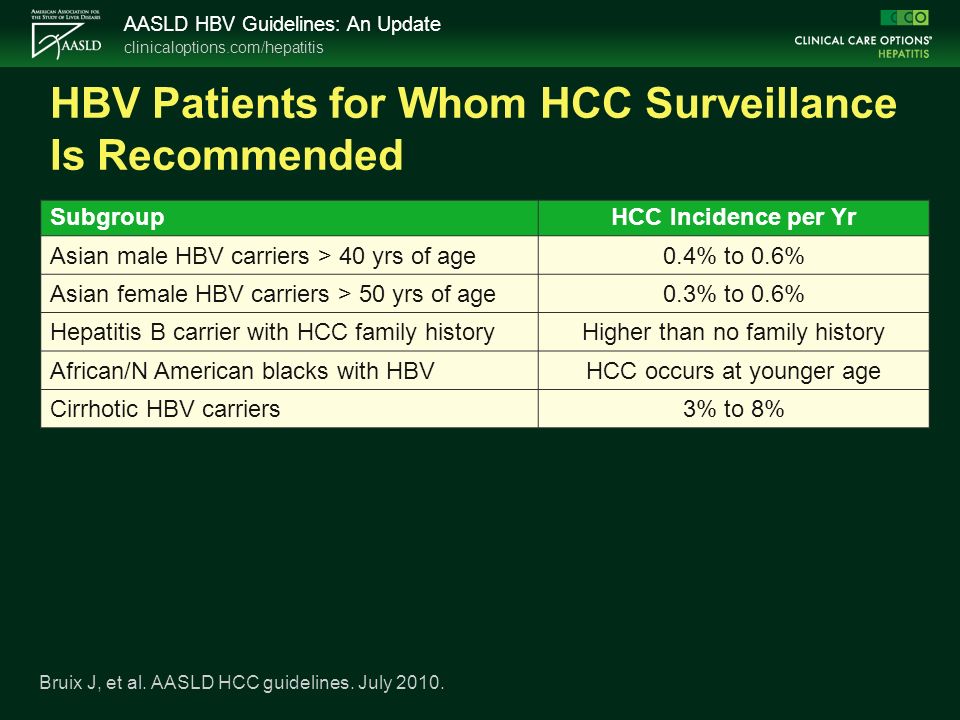



Understanding And Implementing The sld S Hbv Practice Guidelines Ppt Download




Pdf sld Practice Guideline Management Of Hepatocellular Carcinoma An Update




Diagnosis Of Liver Nodules Within And Outside Screening Programs Annals Of Hepatology




19 Chinese Clinical Guidelines For The Management Of Hepatocellular Carcinoma Updates And Insights Xie Hepatobiliary Surgery And Nutrition
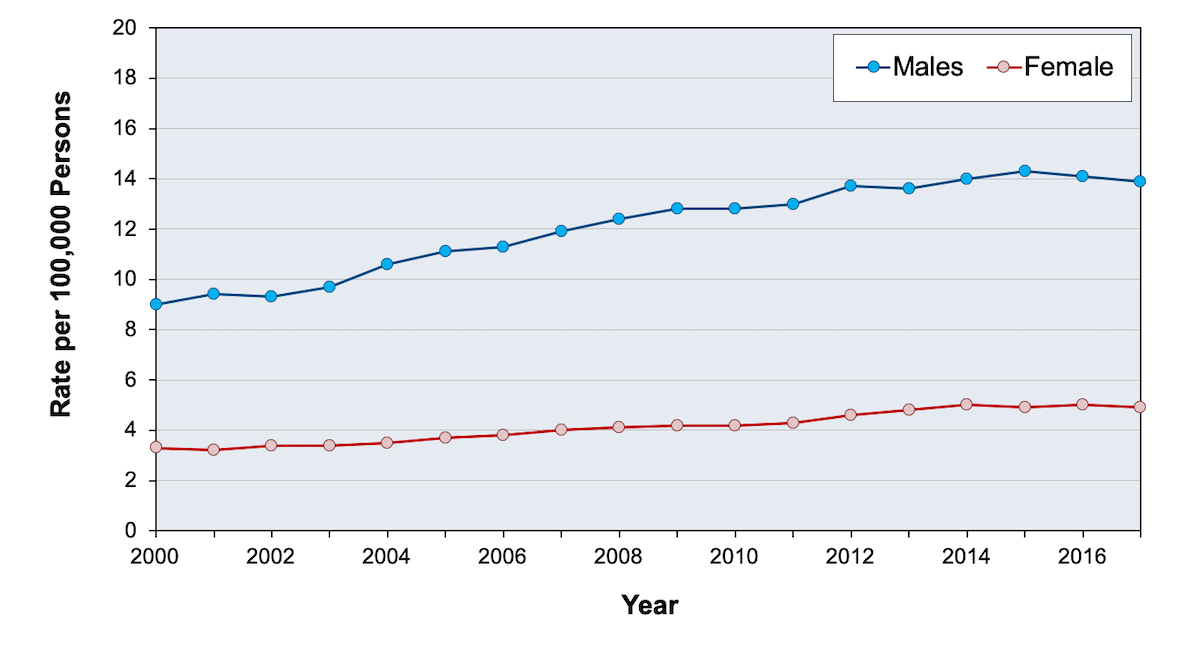



Core Concepts Surveillance For Hepatocellular Carcinoma Evaluation Staging And Monitoring Of Chronic Hepatitis C Hepatitis C Online



Massimo Puoti Dept Of Infectious Diseases Ao Ospedale Niguarda Ca Granda Pdf Free Download
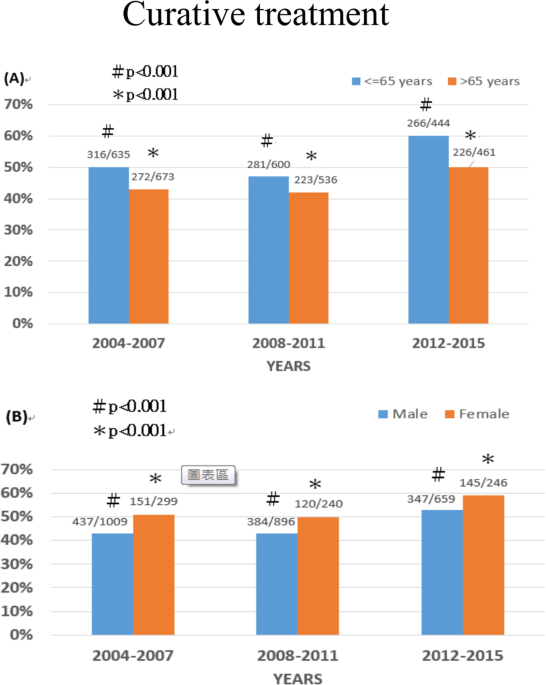



Evolution Of Etiology Presentation Management And Prognostic Tool In Hepatocellular Carcinoma Scientific Reports
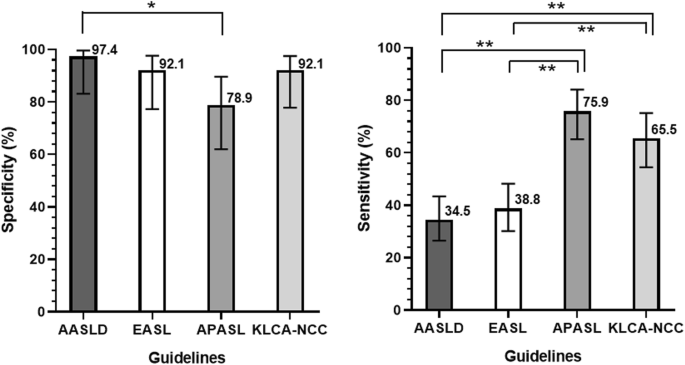



Comparison Of Guidelines For Diagnosis Of Hepatocellular Carcinoma Using Gadoxetic Acid Enhanced Mri In Transplantation Candidates Springerlink




Hepatocellular Carcinoma Illustrated Guide To Systematic Radiologic Diagnosis And Staging According To Guidelines Of The American Association For The Study Of Liver Diseases Radiographics




Diagnostic Algorithm For Suspected Hepatocellular Carcinoma Hcc Of Download Scientific Diagram




Is There A Standard For Surgical Therapy Of Hepatocellular Carcinoma In Healthy And Cirrhotic Liver A Comparison Of Eight Guidelines Bmj Open Gastroenterology




Suspicious Liver Nodule In Chronic Liver Disease Usefulness Of A Second Biopsy Sciencedirect




Practice Guidelines sld




Diagnosis Of Hepatocellular Carcinoma An Update On International Guidelines Sciencedirect
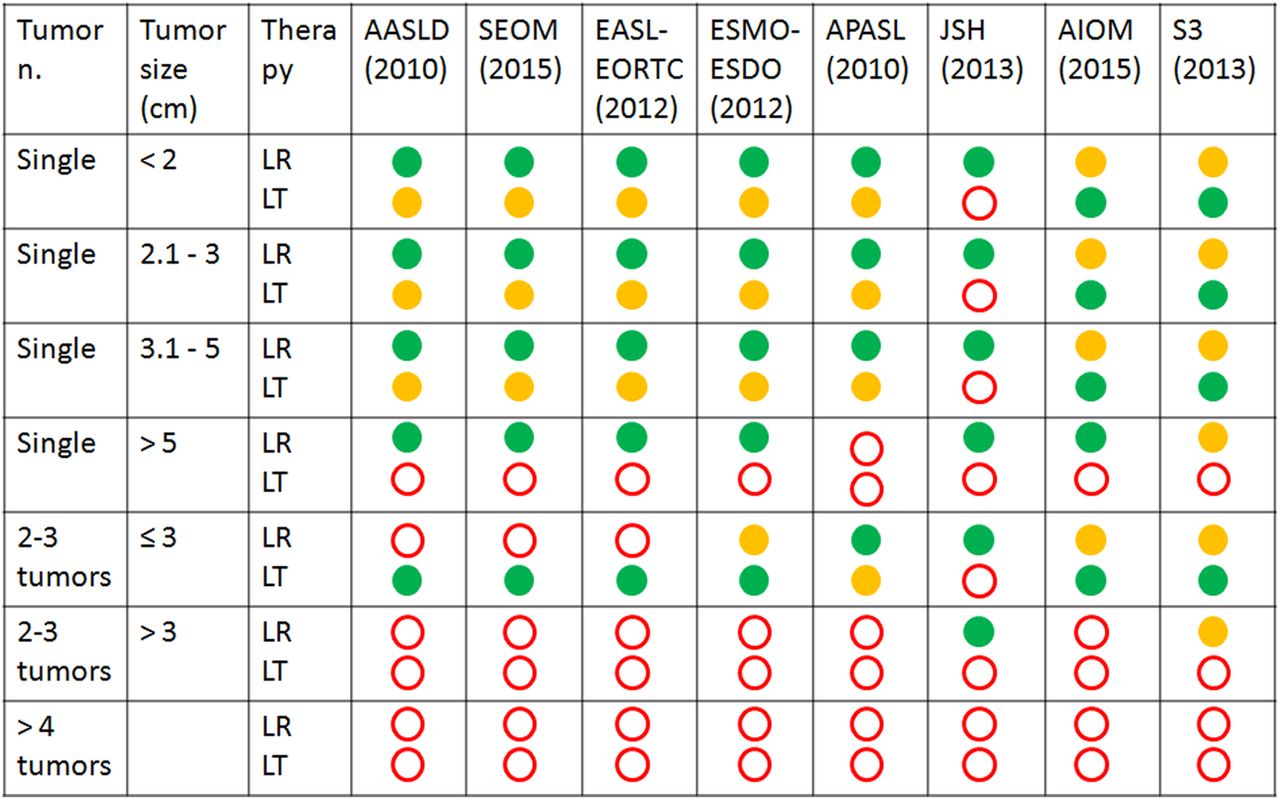



Is There A Standard For Surgical Therapy Of Hepatocellular Carcinoma In Healthy And Cirrhotic Liver A Comparison Of Eight Guidelines Bmj Open Gastroenterology
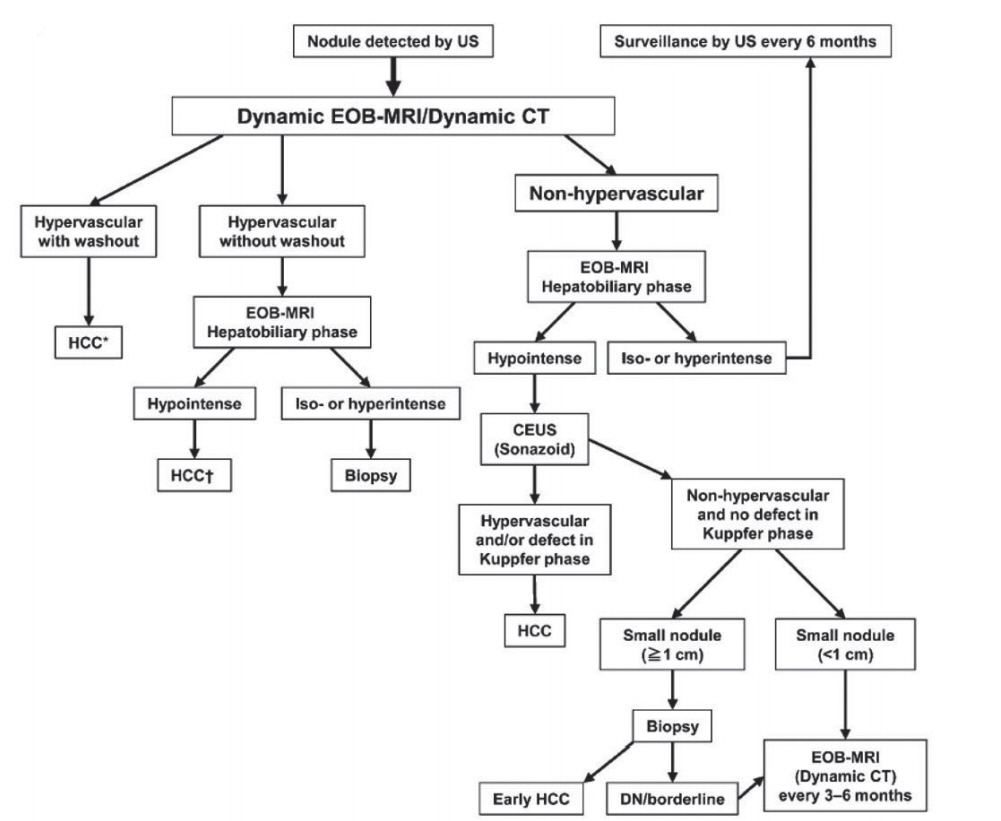



Comparison Of International Guidelines For Noninvasive Diagnosis Of Hepatocellular Carcinoma 18 Update




Hepatocellular Carcinoma Oncohema Key




A Practical Guideline For Hepatocellular Carcinoma Screening In Patients At Risk Mayo Clinic Proceedings Innovations Quality Outcomes




Practice Guidelines sld
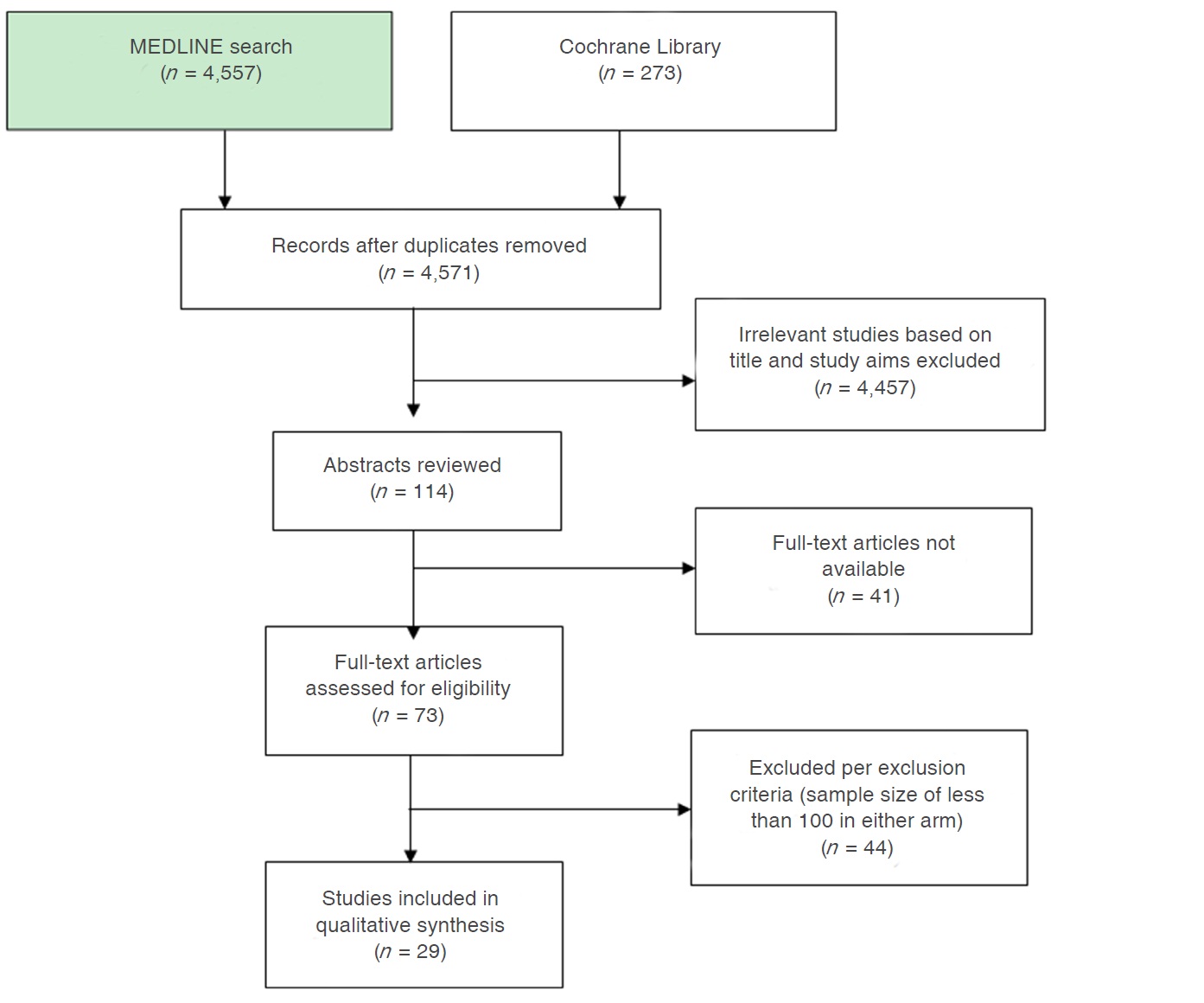



Surveillance For Hepatocellular Carcinoma Current Status And Advances




The lc Staging System For Hcc From sld Practice Guideline In 05 1 Download Scientific Diagram




Easl Clinical Practice Guidelines Management Of Hepatocellular Carcinoma Journal Of Hepatology



1



Www sld Org Sites Default Files 19 06 sld 18 Hcc Guidance On Diagnosis 2c Staging And Management Hep 281 29 Pdf




Diagnosis Staging And Management Of Hepatocellular Carcinoma 18 Practice Guidance By The American Association For The Study Of Liver Diseases Marrero 18 Hepatology Wiley Online Library
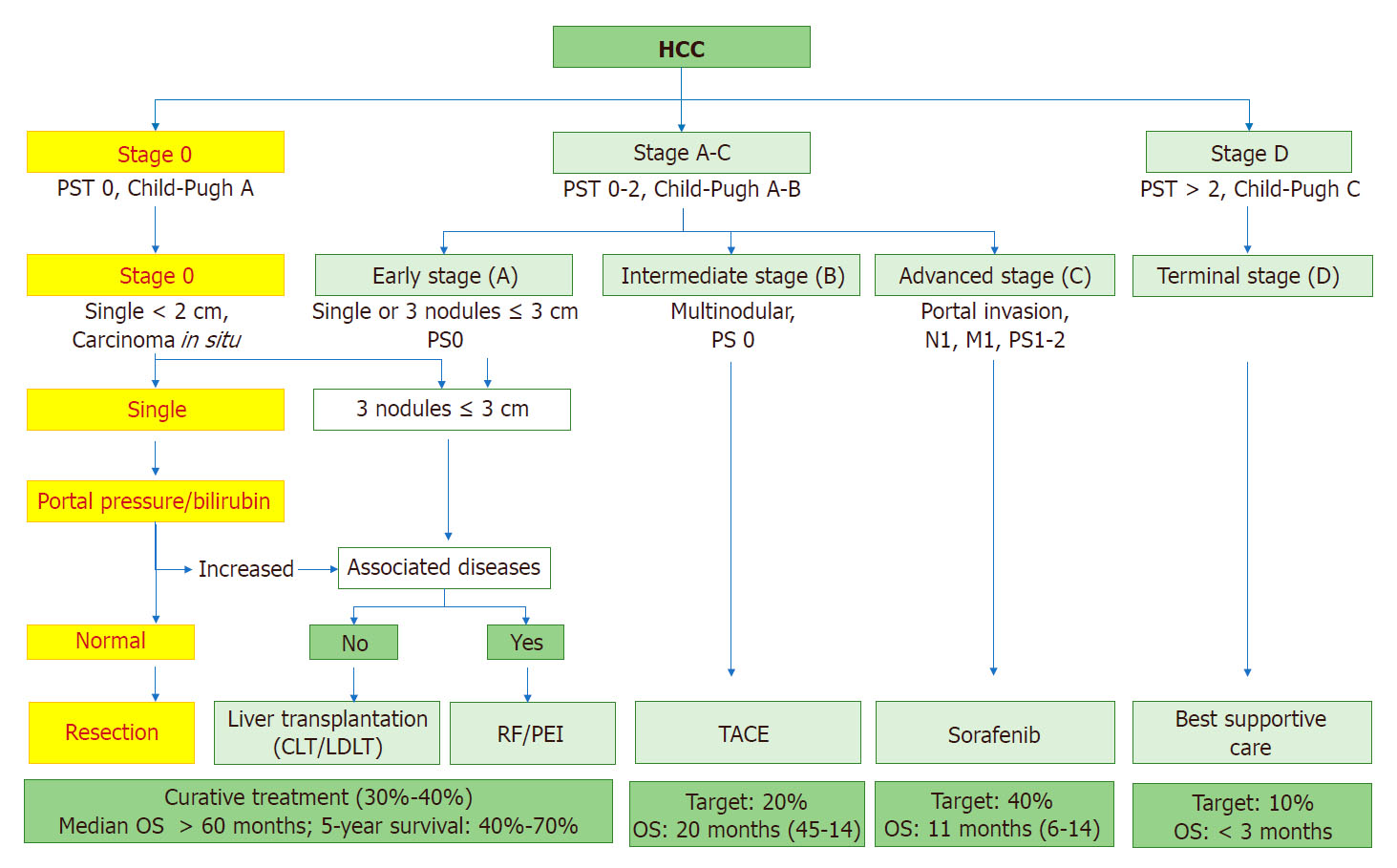



Hepatic Resection For Hepatocellular Carcinoma




19 Chinese Clinical Guidelines For The Management Of Hepatocellular Carcinoma Updates And Insights Xie Hepatobiliary Surgery And Nutrition



Www Idsociety Org Globalassets Idsa Topics Of Interest Emerging Clinical Issues sldguidelinehccupdate10 1 Pdf




Epidemiology And Management Of Hepatocellular Carcinoma Gastroenterology




Changes Of Guidelines Diagnosing Hepatocellular Carcinoma During The Last Ten Year Period Abstract Europe Pmc




Hepatocellular Carcinoma Illustrated Guide To Systematic Radiologic Diagnosis And Staging According To Guidelines Of The American Association For The Study Of Liver Diseases Radiographics
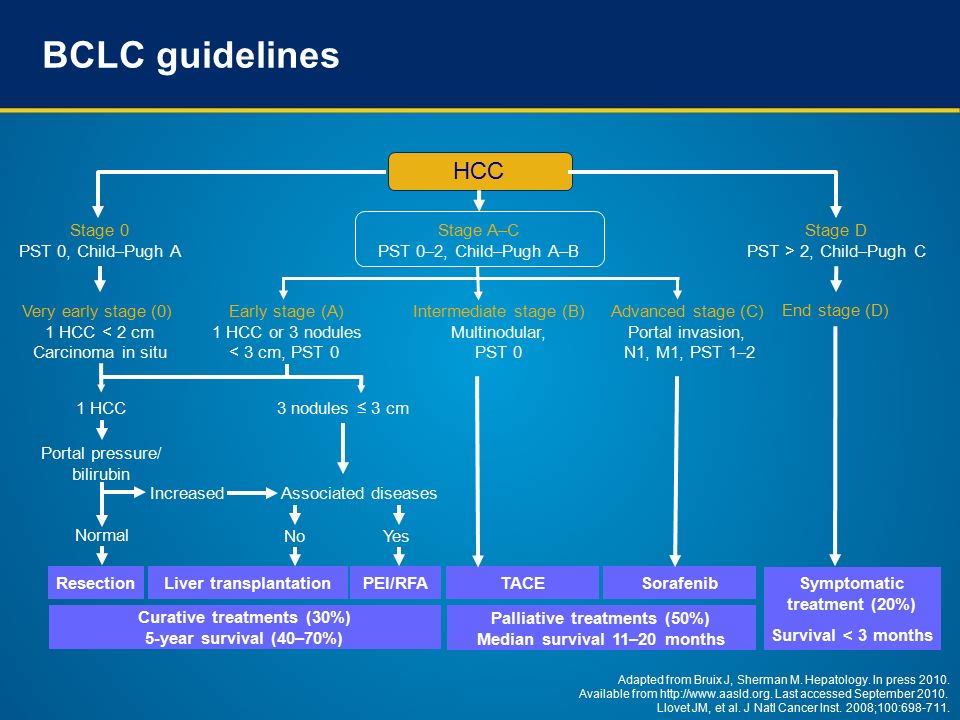



Hcc Guidelines Ppt Video Online Download




Changes Of Guidelines Diagnosing Hepatocellular Carcinoma During The Last Ten Year Period Abstract Europe Pmc




Clin Mol Hepatol Clin Mol Hepatol Cmh Clinical And Molecular Hepatology 2287 2728 2287 285x The Korean Association For The Study Of The Liver 10 3350 Cmh 12 18 3 258 Review Changes Of Guidelines Diagnosing Hepatocellular Carcinoma During The




The Impact Of Vascular And Nonvascular Findings On The Noninvasive Diagnosis Of Small Hepatocellular Carcinoma Based On The Easl And sld Criteria Semantic Scholar
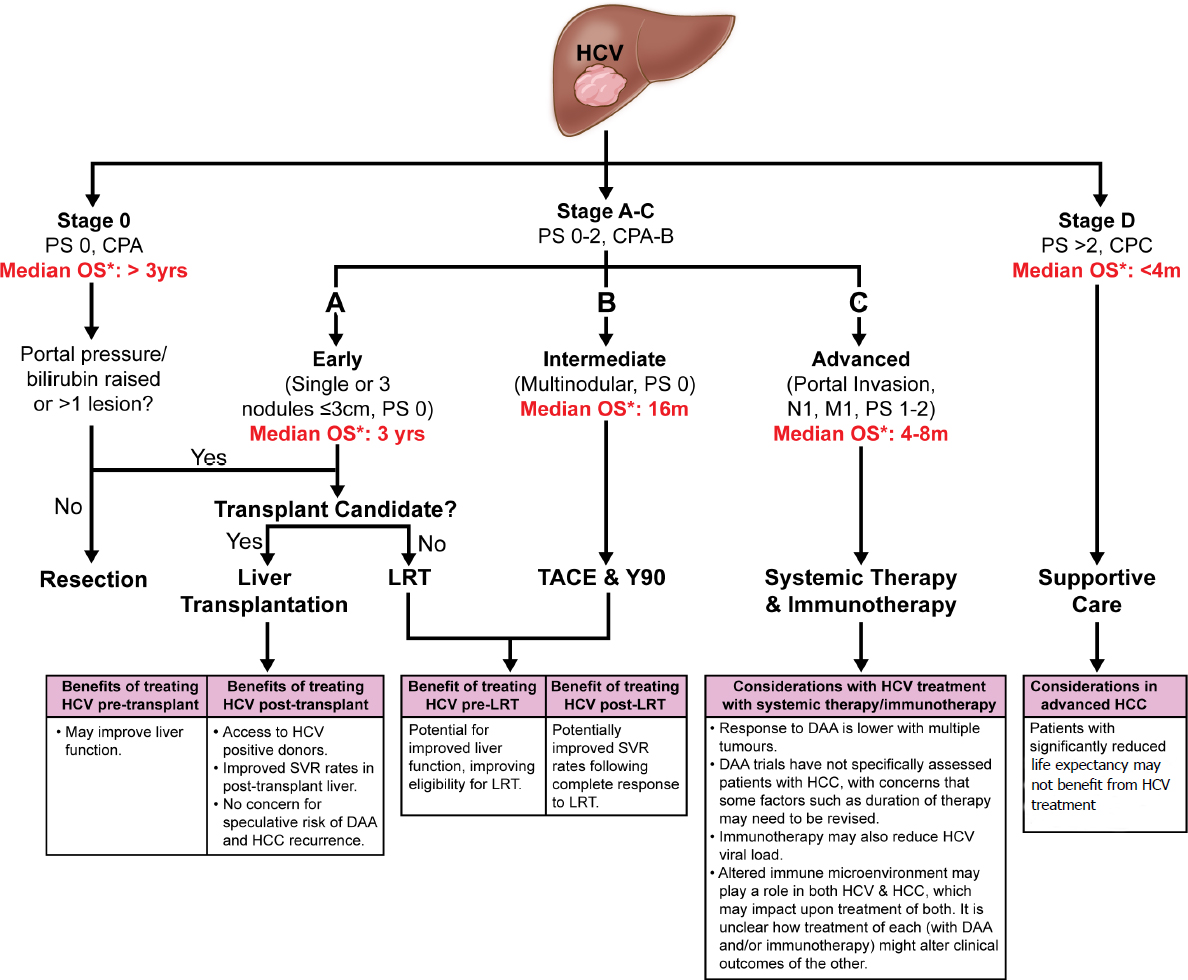



Management Of Concomitant Hepatocellular Carcinoma And Chronic Hepatitis C A Review
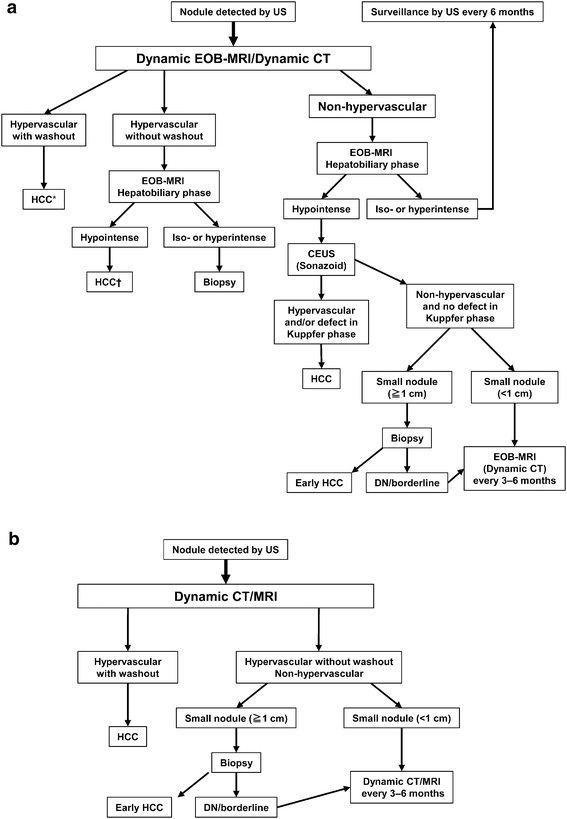



Asia Pacific Clinical Practice Guidelines On The Management Of Hepatocellular Carcinoma A 17 Update Springerlink
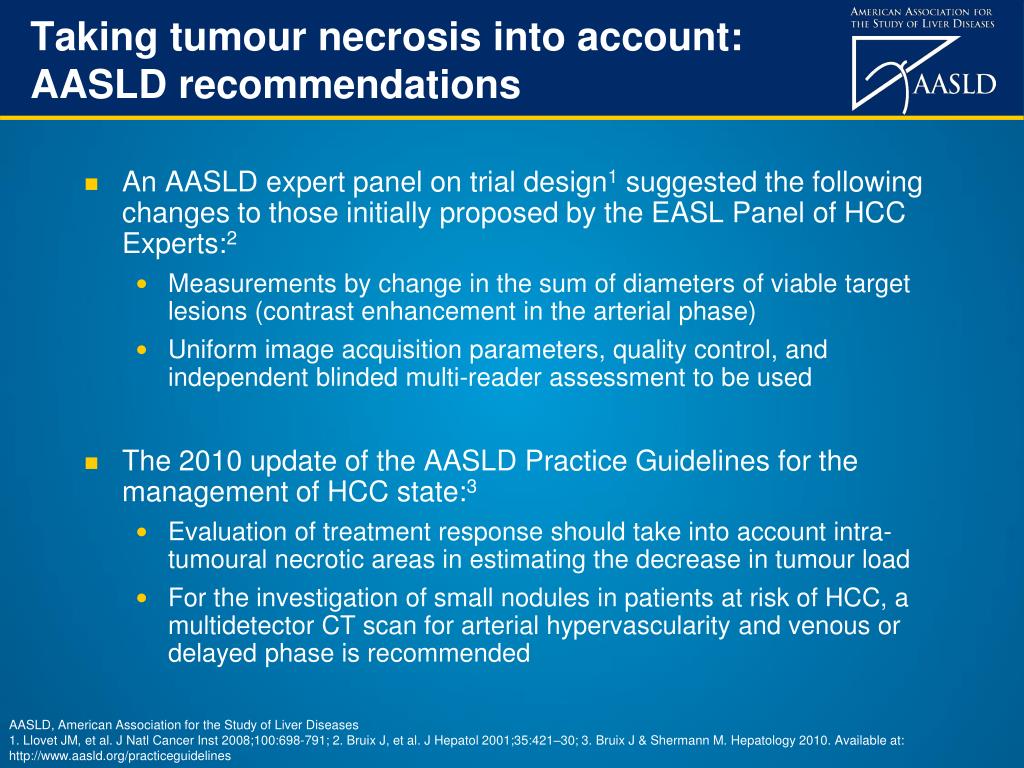



Ppt Assessment Of Treatment Response For Hepatocellular Carcinoma Hcc Powerpoint Presentation Id




Medicine Reviews 1 Rokubisixtail




sld Algorithm For Diagnosis Of Hcc Download Scientific Diagram




Diagnosis Staging And Management Of Hepatocellular Carcinoma 18 Practice Guidance By The American Association For The Study Of Liver Diseases Marrero 18 Hepatology Wiley Online Library
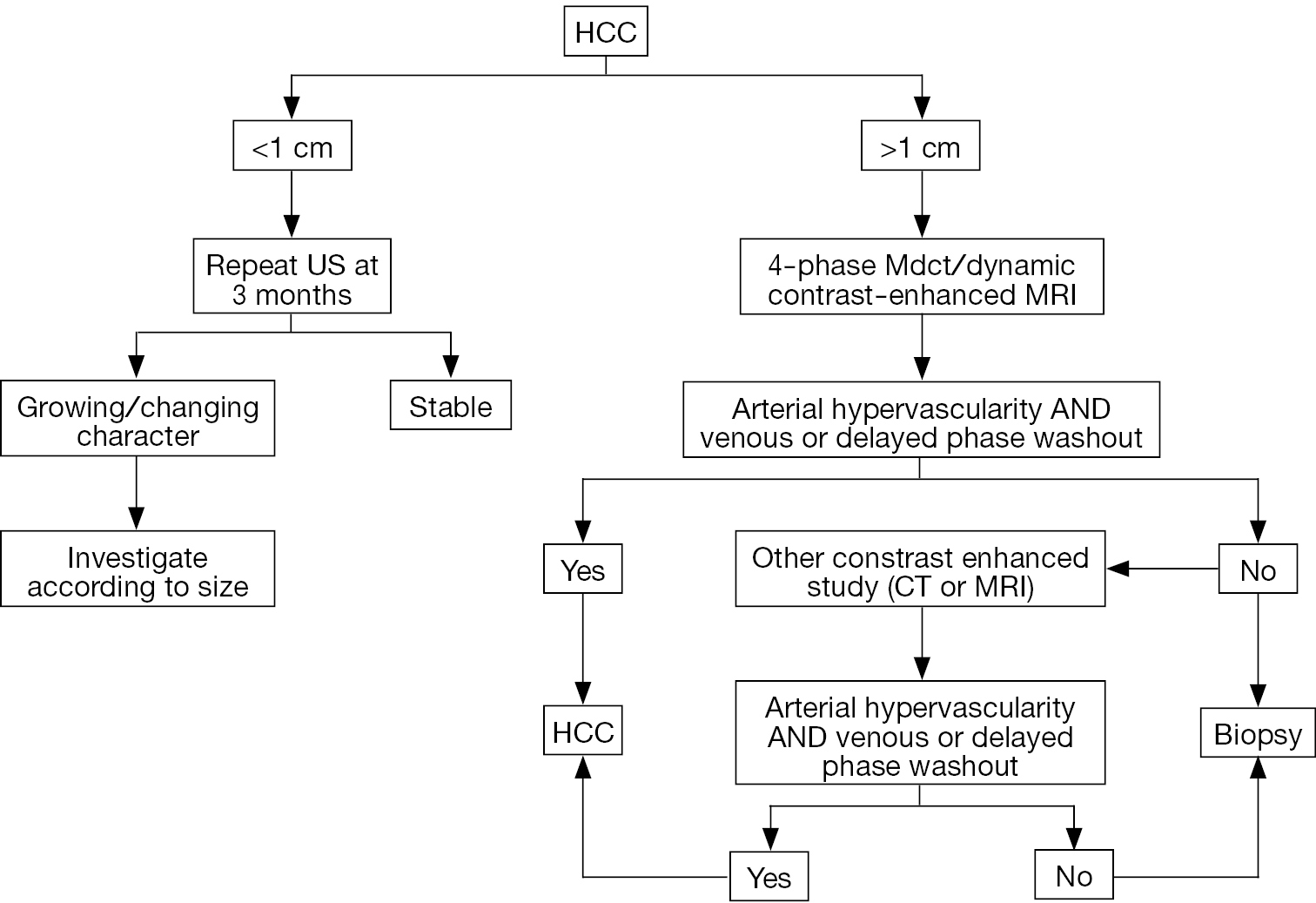



Review On Liver Transplant For Hepatocellular Carcinoma Chiao Translational Cancer Research




Hepatocellular Carcinoma The Lancet




Management Of Primary Hepatic Malignancies During The Covid 19 Pandemic Recommendations For Risk Mitigation From A Multidisciplinary Perspective The Lancet Gastroenterology Hepatology



0 件のコメント:
コメントを投稿